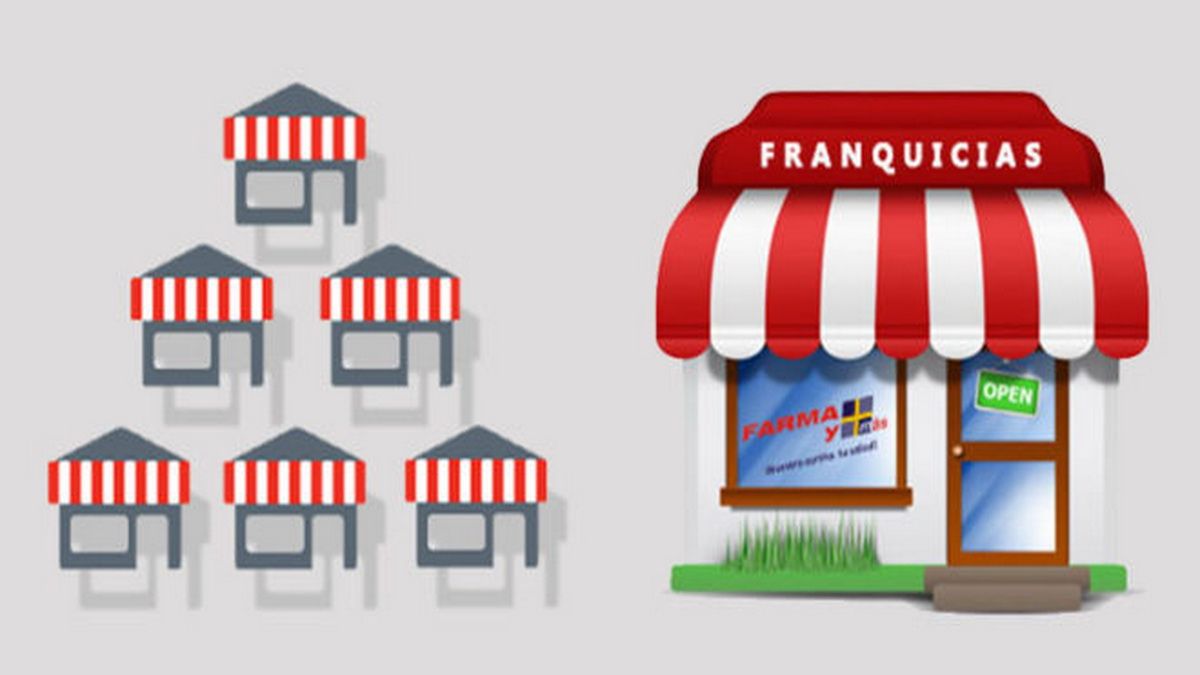The franchises adapted to the new demands of the market, venturing into low-cost, express, mini and on-the-go formats, with small stores, fewer staff and products at affordable prices.
The pandemic transformed consumer habits in the country, and franchises They were not left behind. The format Low Cost It marked a paradigm shift, becoming one of the models most chosen by entrepreneurs due to its low investment, reduced operating costs and access to self-employment.
The content you want to access is exclusive to subscribers.
But let’s review a little, How did they make their way in the market, managing to position themselves as a star option among investors? What areas led to this change?


With the pandemic, e-commerce experienced exponential growth: it grew, in just one year, what was expected to grow in five years. In addition, brands turned to digital marketing and social media strategies to sell their products and services, and reach more consumers. This dizzying change was accompanied by the increase in the use of delivery and take away applications.
The franchises adapted to the new demands of the market, venturing into low-cost, express, mini and on-the-go formats, with small stores, fewer staff, and offering products at affordable prices. One of the main drivers of this trend was the search for reduction of fixed costs by franchisees. Aware of this need, brands understood the importance of offering business models that minimize fixed expenses, especially in terms of rent and personnel.
As a result, the traditional franchise model of salon sales and restaurant service turned towards modalities focused on the delivery and take away. This paradigm shift was especially notable in the gastronomic sector; areas such as pizzerias, bakeries, ice cream parlors, where emblematic brands demonstrated their rapid adaptation, with MINI formats from 30 m2 to 60 m2.
Although this model began to be offered before the pandemic, from the franchise portal of NegoZonawe observed a growing and very marked interest in the last three years.
More and more franchisees are opting for Low Cost models: They represent the opportunity to own a successful and profitable business, with a low investment and a quick recovery. It also presents more facilities for starting to operate and greater time flexibility, allowing time to be better organized and operating in time slots with greater demand. Although the success of Low Cost companies not only lies in their ability to satisfy the demand for profitability, but also in their ability to maintain high quality standards in their products and services.
It is true that the pandemic accelerated this phenomenon, but it is undeniable that both brands and franchisees knew how to read the rules of a new ecosystem. A boom that was much more than a boom: it gained ground in the market, was imposed and was here to stay.
Source: Ambito
David William is a talented author who has made a name for himself in the world of writing. He is a professional author who writes on a wide range of topics, from general interest to opinion news. David is currently working as a writer at 24 hours worlds where he brings his unique perspective and in-depth research to his articles, making them both informative and engaging.




